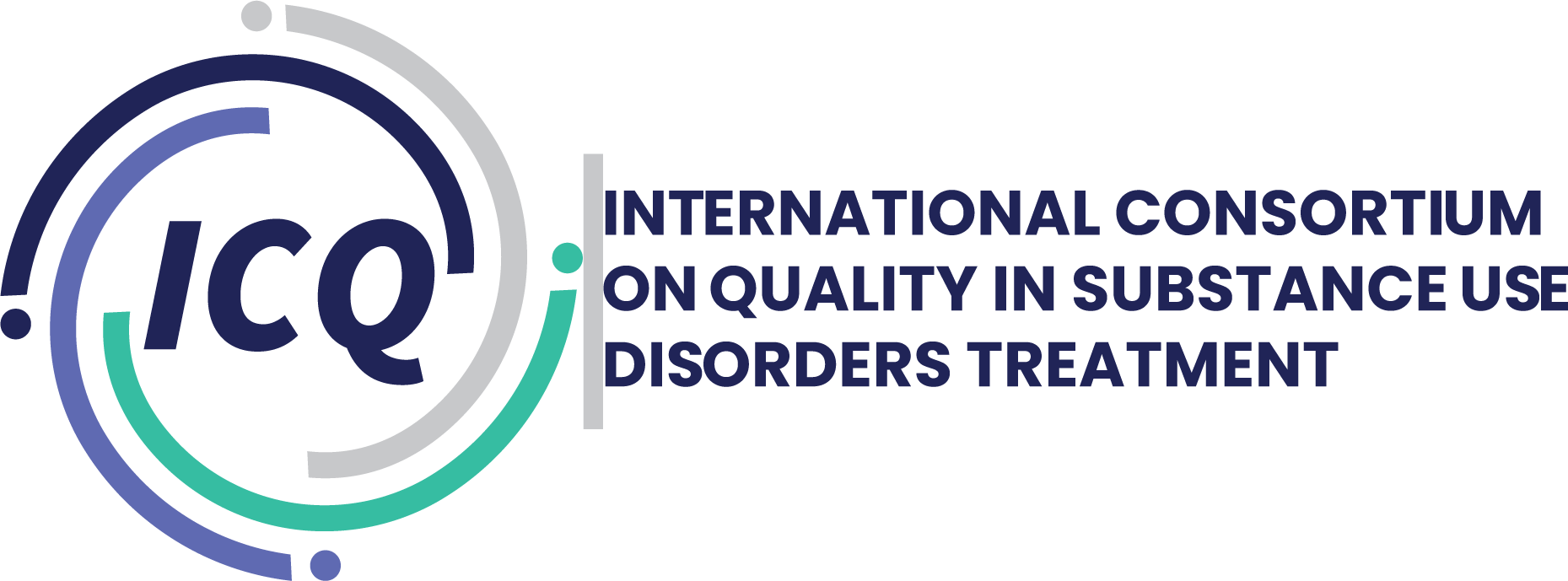Addictions in Potential Sperm Donors: What is Possible to Control?
INTRODUCTION: Third-party sperm donation represents the sole viable option for conception for a considerable number of infertile couples. The donation process is predicated on ensuring the high quality and safety of the donated cells. While screening for transmissible and genetic diseases is in place, there is an absence of uniform screening for substance use in potential donors.
AIM: The aim of this review is to provide summary information on national approaches to sperm donation and to highlight the lack of standardised screening protocols and a uniform approach to assessing dependency in potential sperm donors.
DESIGN: The review draws on a total of 44 sources, comprising legislation and up-to-date data from national and supranational organisations, and expert scientific studies.
RESULTS: The prevalence of substance use is highest among men of reproductive age, who fall into the group of potential sperm donors. The screening for substance use is currently limited to anamnestic interviews, in which basic questions are asked. In the Czech Republic and other European countries, laboratory substance abuse screening is not a mandatory requirement for reproductive health service providers.
CONCLUSIONS: The study opens the debate on whether it would be appropriate to introduce new measures to improve the quality and safety of donor cells for the recipient, but especially for the future conceived offspring.
